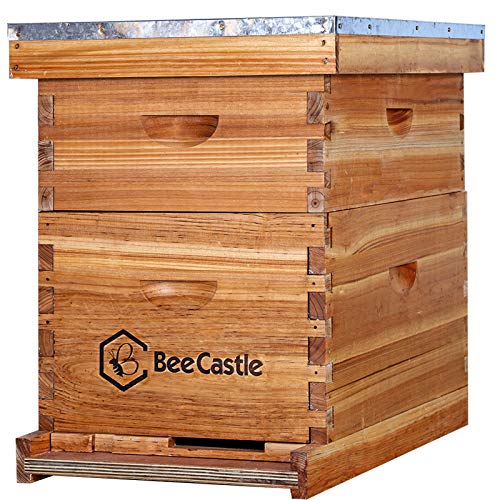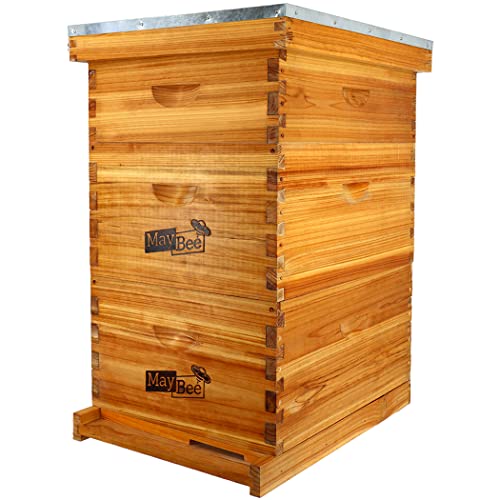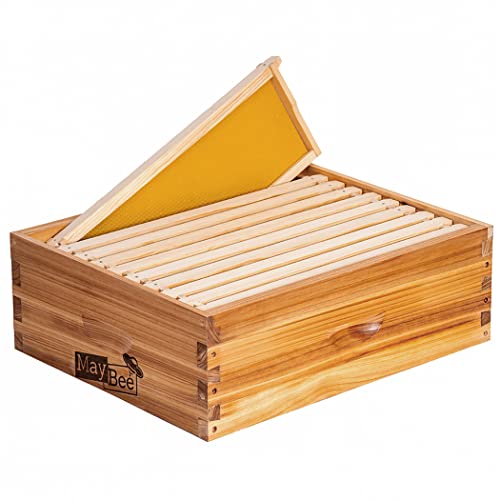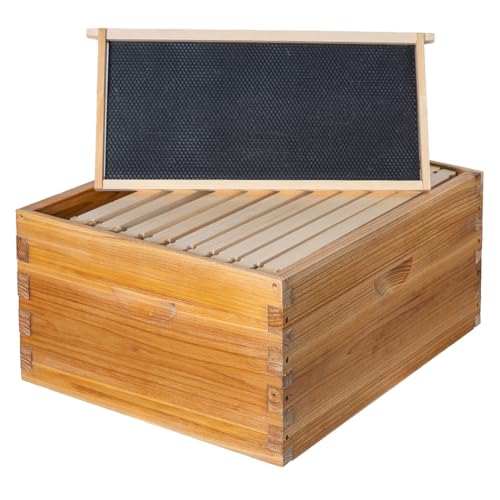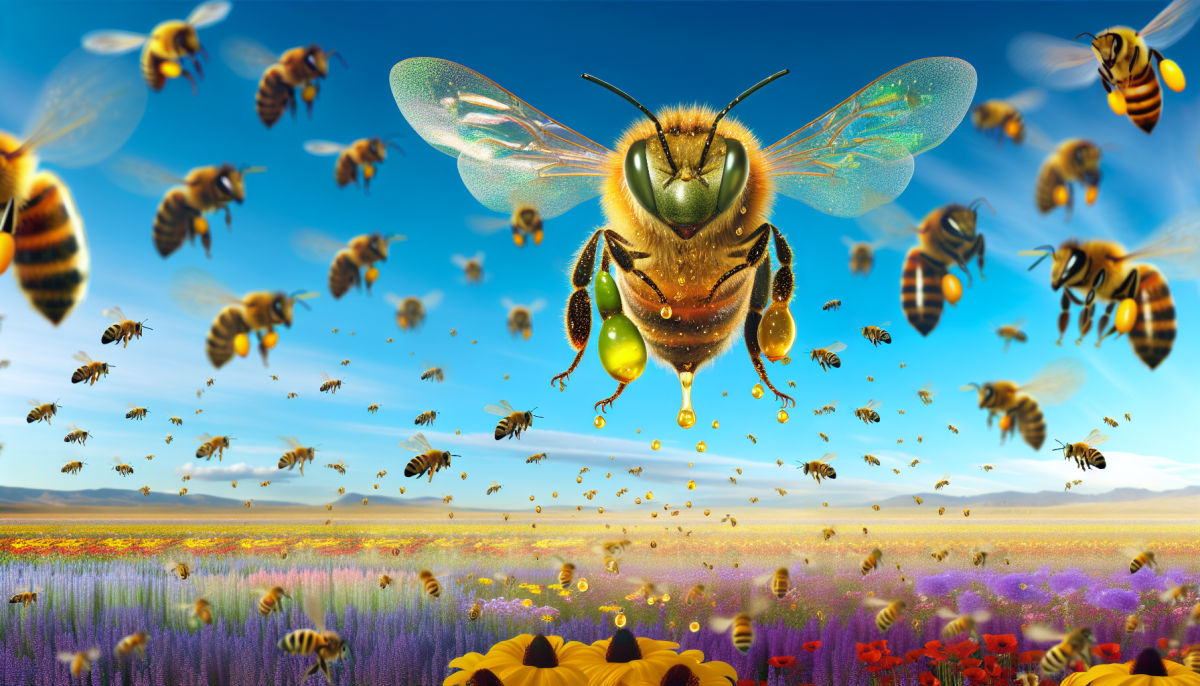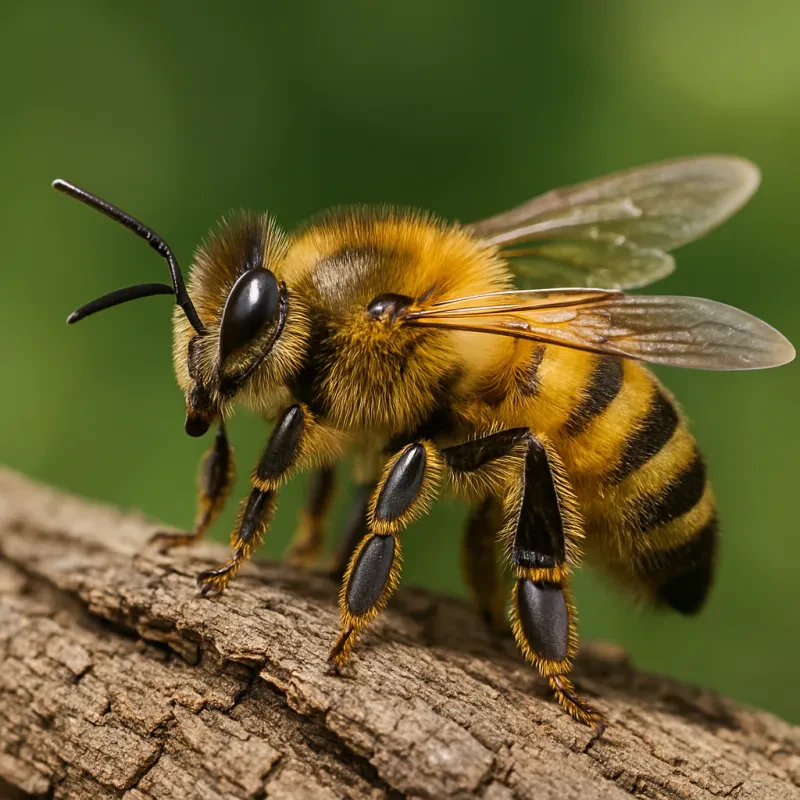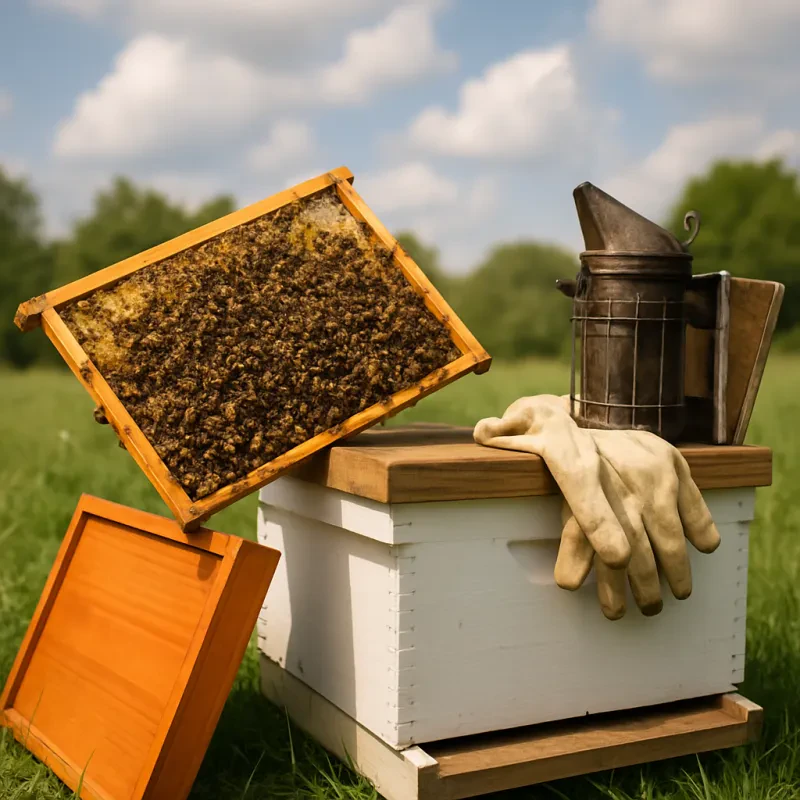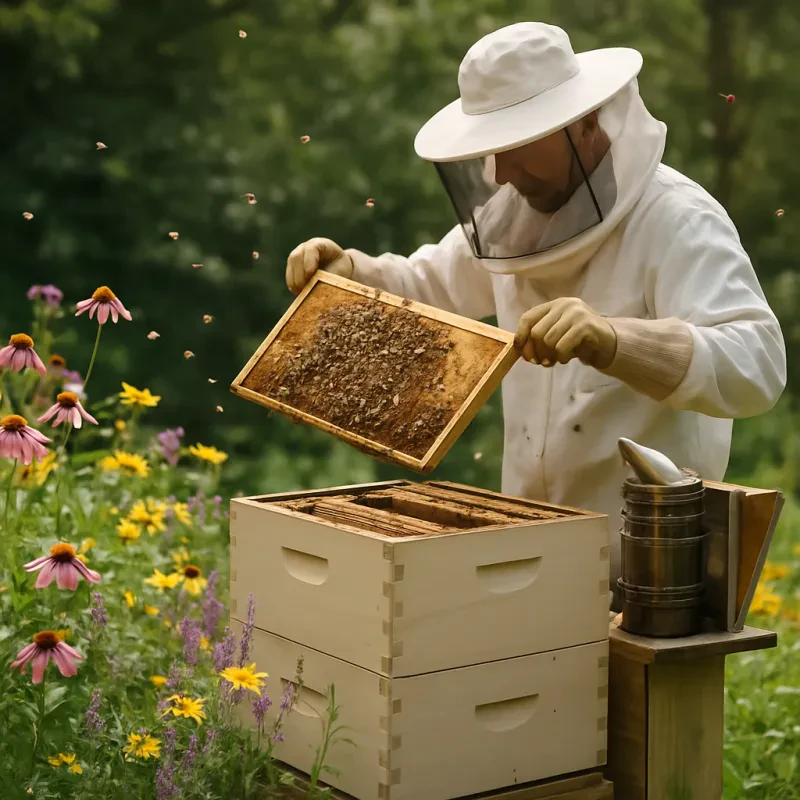When it comes to the best honey bees in the world, several species stand out due to their honey production capabilities, adaptability, and unique characteristics. These bees not only provide delicious honey but also play a vital role in pollination, supporting ecosystems and agriculture globally. Let’s explore some of these remarkable species.
The Apis mellifera, or the Western honey bee, is perhaps the most recognized and widely distributed species. Found in many parts of the world, it is known for its high honey yield and ability to thrive in various climates. Beekeepers love this species for its gentle nature and strong work ethic, making it a favorite among hobbyists and professionals alike.
Another contender for the title of the best honey bees in the world is the Apis cerana, commonly known as the Asian honey bee. This species is well-adapted to tropical and subtropical environments. It is resilient against many diseases that can affect other honey bee species, making it a hardy choice for honey production in challenging climates. Moreover, it often forages on a diverse range of plants, contributing to a unique flavor profile in its honey.
Finally, the Apis dorsata, or the giant honey bee, captures attention with its impressive hive-building skills. Known for constructing large nests in high places, this species produces a robust honey that is highly prized in many cultures. Although more challenging to manage due to their aggressive nature, they offer a fascinating glimpse into the incredible diversity of honey-producing bees.
Sweetness of Local Honey Varieties
When it comes to honey, the flavor can vary dramatically depending on the region and the type of flowers that the bees visit. Local honey varieties offer a unique sweetness that is often more complex than the mass-produced options on store shelves. The different nectar sources influence the taste, color, and aroma, creating a delightful experience for those who savor each drop. By exploring local honey, you can discover an array of flavors that reflect your surroundings and the hardworking bees that produced them.
One fascinating aspect of local honey is its ability to capture the essence of the environment. For instance, honey from wildflower fields can be light and floral, while honey derived from clover might have a more delicate and mild sweetness. Each region's distinct plant life means that the bees, often considered the best honey bees in the world, produce varied honey that tells a story of the local landscape and seasonality. This connection to the earth makes local honey particularly special and a favorite among many honey enthusiasts.
Moreover, many beekeepers who produce local honey maintain a close relationship with their bees. They often know the best practices to ensure the health of their hives, allowing the bees to thrive while creating high-quality honey. Whether it's wildflower, orange blossom, or buckwheat honey, each variety offers its unique texture and taste profile, which can be a delightful experience for taste buds. The care these beekeepers put into their craft is reflected in every jar, making local honey not just a sweet treat, but a testament to the commitment of those who look after the best honey bees in the world.
The diversity in local honey varieties also means that there’s something for everyone. Honey lovers can experiment with different flavors and use them in various culinary creations—from drizzling on toast to sweetening tea or baking. The range of sweetness can enhance dishes in unexpected ways, and exploring local honey can become a tasty adventure. As you indulge in these natural delights, you’ll also be supporting local beekeepers and their vital role in our ecosystems.
Beekeeping Practices Around the Globe
Beekeeping, or apiculture, is a practice embraced by cultures around the globe. From the lush landscapes of Europe to the sunny fields of Africa, each region has developed unique methods for maintaining hives and producing honey. In many countries, traditional beekeeping practices have been passed down through generations, often blending ancient wisdom with modern techniques. This harmonious approach not only nurtures the bees but also results in some of the best honey bees in the world producing incredibly diverse flavors of honey.
In Europe, for instance, the practice of beekeeping varies widely. In the Mediterranean regions, beekeepers often utilize hives made from natural materials like straw and wood, allowing the bees to thrive in a semi-natural environment. Country-specific varietals of honey, such as Italian and Greek varieties, are celebrated for their unique flavors, largely influenced by the local flora. These regions highlight the importance of biodiversity in producing quality honey, showcasing some of the best honey bees in the world as they pollinate an array of colorful plants.
Across the Atlantic, in North America, beekeeping has also evolved into a robust industry. Beekeepers often adopt a more commercial approach, using modern equipment to enhance efficiency and honey yield. However, many small-scale beekeepers still pride themselves on sustainable practices that prioritize bee health. The honey produced by these beekeepers reflects the unique ecosystems of North America, often resulting in the finest honey varieties that highlight the best honey bees in the world. From clover to wildflower honey, each jar tells a story of the land it comes from.
In Asia, beekeeping methods are often closely intertwined with traditional medicine. Countries like China and India recognize the therapeutic properties of honey, thus driving the demand for high-quality bee products. Beekeepers in these regions use techniques that encourage the bees to hone in on specific plants known for their medicinal benefits. This focus on plant diversity not only leads to outstanding honey but also showcases the adaptability and resilience of some of the best honey bees in the world.
Health Benefits of Honey Consumption
Honey is not just a delicious sweetener; it also offers numerous health benefits that make it a favorite among natural remedies. Consuming honey can aid in the treatment of various ailments, making it a staple in many households. The natural sugars in honey provide a quick energy boost, which is especially useful for athletes or anyone needing a burst of energy throughout the day. Additionally, honey has anti-inflammatory properties that can help soothe sore throats and relieve coughs, making it a go-to remedy during cold and flu season.
Aside from providing instant energy, honey is rich in antioxidants, which are essential for fighting free radicals in the body. This can lead to improved heart health and a lower risk of chronic diseases. The best honey bees in the world produce honey that is packed with these beneficial compounds, making it not only tasty but also a great addition to your diet for overall wellness. Regular consumption of honey may also assist in regulating blood sugar levels, particularly when used as a substitute for processed sugars.
Furthermore, honey has antibacterial properties that make it effective in wound healing. Applying honey to minor burns or cuts can help promote healing and prevent infection. Some studies even suggest that honey can improve digestive health by acting as a prebiotic, nourishing the good bacteria in the gut. Therefore, incorporating honey into your daily routine can yield numerous benefits for both physical and digestive health.
For those looking to explore different types of honey, understanding that the best honey bees in the world contribute to the variety and quality of honey available is crucial. Each type of honey has its unique flavor profile and health benefits, influences by the flowers the bees pollinate. Whether you prefer clover, wildflower, or Manuka honey, they all offer their array of beneficial properties, showcasing the incredible work of these hardworking bees.
